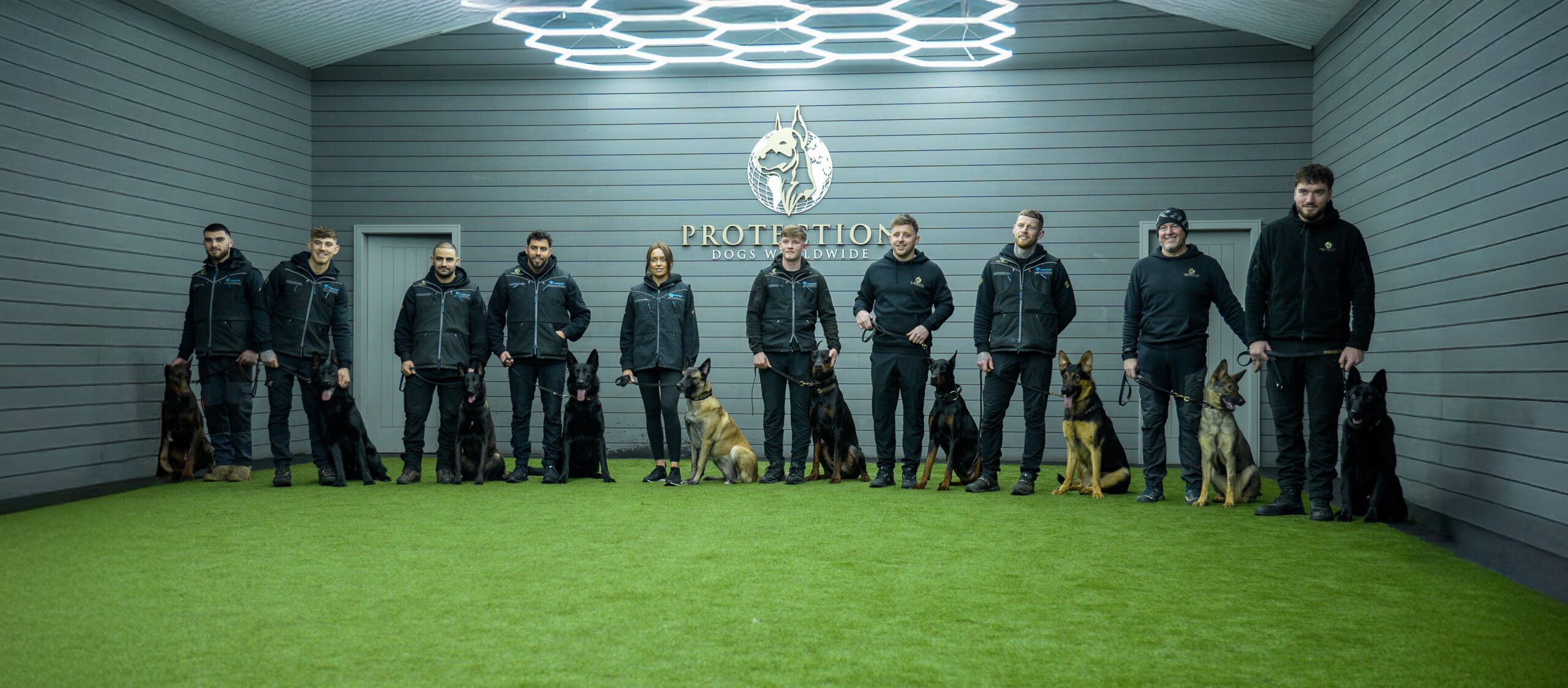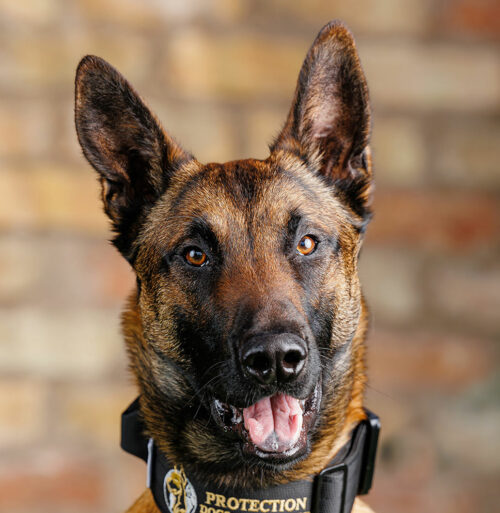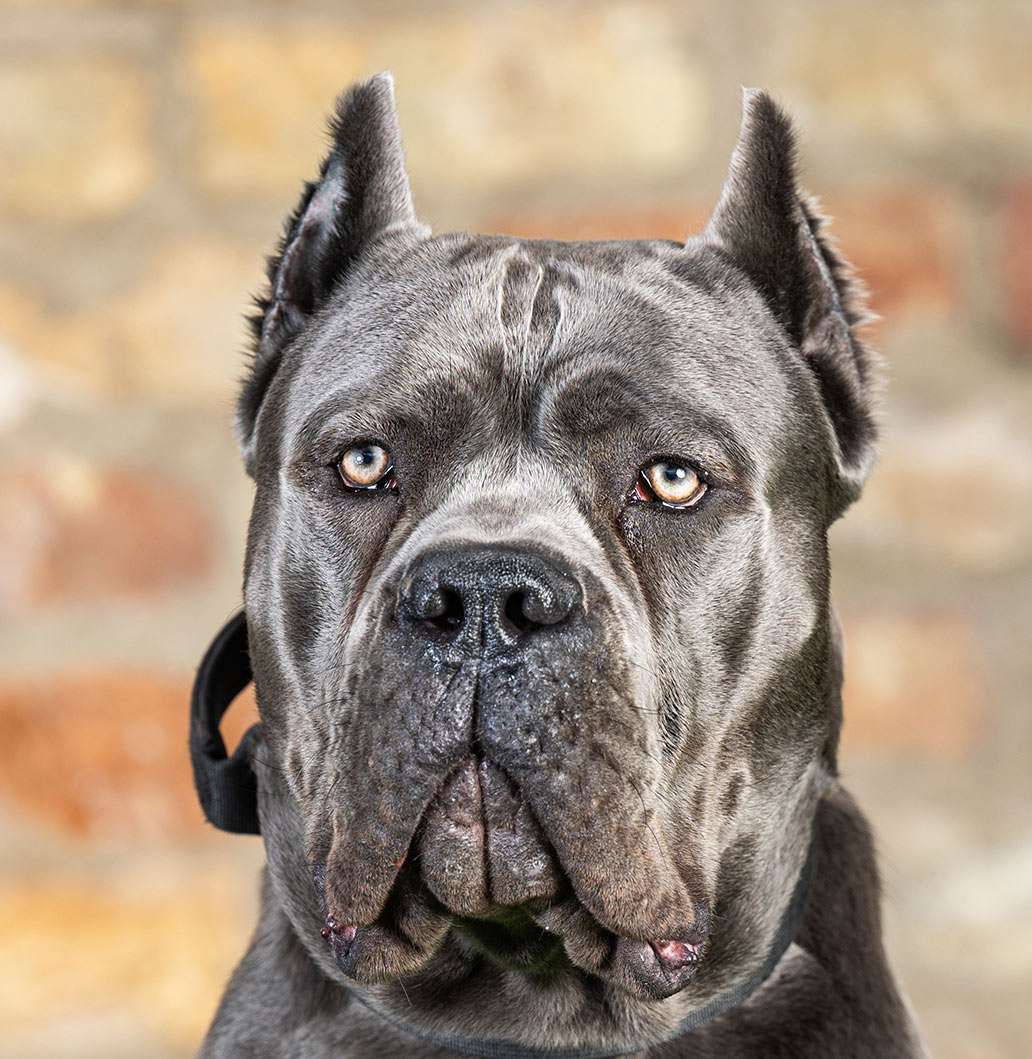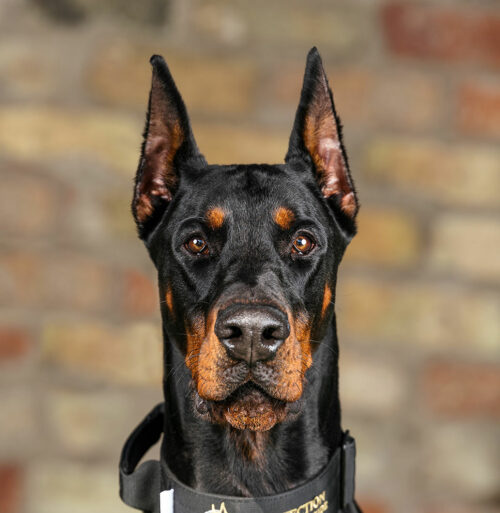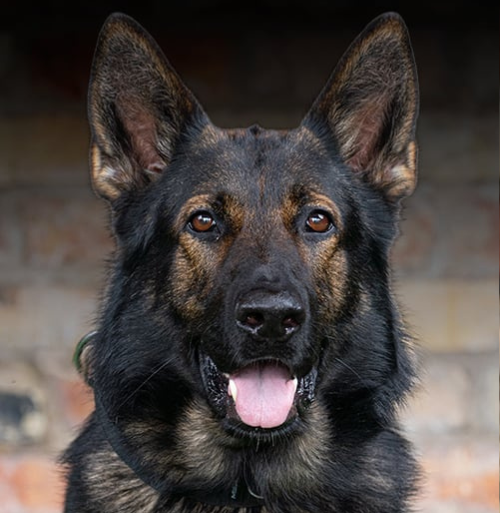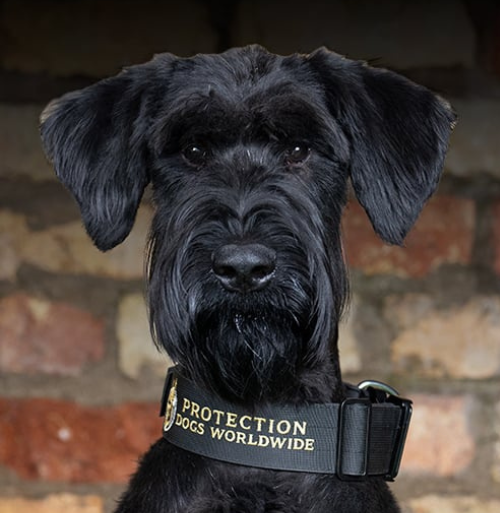2 December 2022
All dogs should be exercised regularly, ideally twice a day. In the UK, the most common way to exercise a dog is to take them for one or two walks a day, more often than not on a lead or free running them in a park or some other open space. These are good ways to exercise a dog, but far from the only options. Exercise is so beneficial and important to all dogs that it cannot be neglected. As protection dogs are almost by default more active and energetic than a usual pet, their individual need for exercise will usually be somewhat higher than normal. This blog will offer an overview of how you can exercise your protection dog, as well as demonstrate why it is so important.
It is best practice to let all dogs start their day by going outside to use the toilet, and we would recommend that this is part of a reasonably long walk. Exercise tires dogs out and allows them to outlet pent-up energy. A tired dog is a happy dog, and early morning exercise often results in dogs being calmer throughout the day. Morning walks should not be rushed, are an excellent opportunity for your protection dog to receive much-needed mental engagement in the form of multisensory stimulation. These walks can set your dog up for a good day ahead, and are highly recommended. Another walk in the evening is beneficial too, and can help settle your dog before bedtime.
More specific exercise is better than one or two walks a day, though. As protection dogs often have a high prey drive, tapping into this natural tendency is something they will find exciting and enjoy. Building exercise into activities such as playing fetch with a favourite ball or toy or chasing a flirt pole is very effective, and often breed or role appropriate. If a dog enjoys chasing things, then being allowed to do so in a controlled setting is one of the best ways their physical and mental needs can be met in a safe and non-destructive way. More specialist activities such as agility, sled pulling, and water sports can all be good options as well.
High-energy dogs often enjoy free running in open spaces. This is a very good option as it would allow your protection dog to exercise as hard as it wanted, and let it make its own choices rather than have its movements fully dictated by a handler. However, we would recommend that this is done responsibly. Free running should only be allowed in private or fenced off areas away from members of the public.
If you have any additional questions about how to exercise your protection dog, feel free to DM us on any of our social media accounts or email info@protectiondogsworldwide.com.
 English
English
